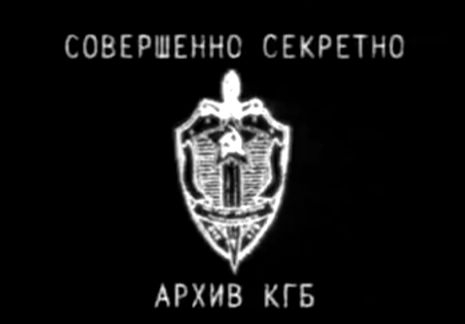
This is a guest post by Zoetica Ebb, a Moscow-born, LA-based artist, writer, photographer and style technician. Follow her on Twitter @zoetica.
Russia in the 80s -when I was growing up there- was bent on things like UFOs, unsolved mysteries and clairvoyants, aka extrasens. Our televisions were bursting with shining lights in the sky and herds of intense, unblinking men demanding we listen to them and LET GO. As a result, I grew up with a vast divide between our regimented atheism and an obvious, nagging hunger for magic. At school, we were taught that communism and Lenin were our sacred cows and that spirituality was stupid. At home and on our summer breaks, we obeyed TV’s orders and scared each other with ghost stories, befuddled by the nation’s inconsistency.
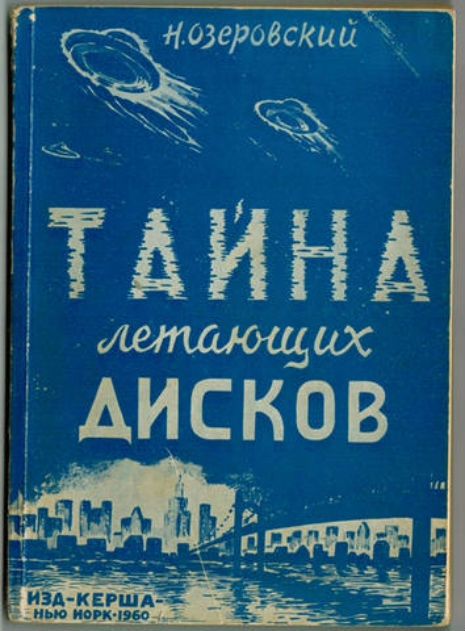
The extrasens thing is especially strange, mostly because of how commonplace they became, regardless of things like educational brackets and class. My own mother – a writer, interpreter and supposed atheist, was cured of bleeding ulcers, not once but twice, at the behest of my grandmother who called an extrasens to the rescue. My grandmother was a forensic pathologist.
It’s not as strange though, if we look back at where Russia comes from. Pagan for centuries, with a rich catalog of ancient folk tales and superstitions, then Orthodox Christian until Lenin and his band of merrymakers took over in the early 1900s. So, it’s no major surprise that so many of my people rabidly jumped on the Orthodox Christianity train the very second Communism fell – it never could quite erase my nation’s innate need for magic.
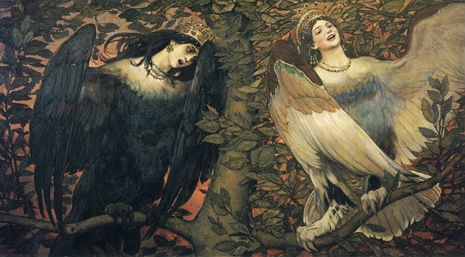
Russian folklore, like most folklores, is teeming with legions of otherworldly creatures. Firebirds, super-humans, undead sorcerers, witches, and enchanted, shapeshifting beauties; some good, some evil, and many somewhere in between. Ghosts, on the other hand, are rare, reserved for those with especially violent deaths or tragic lifetimes – it almost goes without saying that one of Russia’s most haunted locales is The Kremlin.
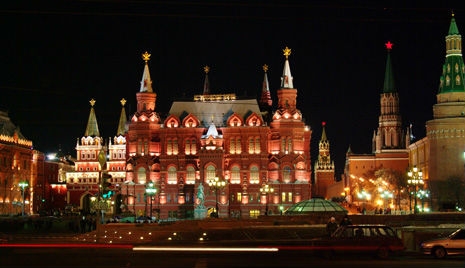
The Moscow Kremlin is a huge fortified complex with four palaces, a bell tower and four cathedrals, surrounded by the Kremlin Wall and Kremlin towers. It’s the official residence of the president of the Russian Federation, the former home of tzars, a place of numerous demonstrations, coronations and executions, and it’s been around for ten centuries. It’s probably fair to assume that, if we’re allowing for the possibility of ghosts, we might as well allow for several thousand of them at the Kremlin. In the interests of concision, though, I’ll outline some of the more famous apparitions seen within its crimson walls.
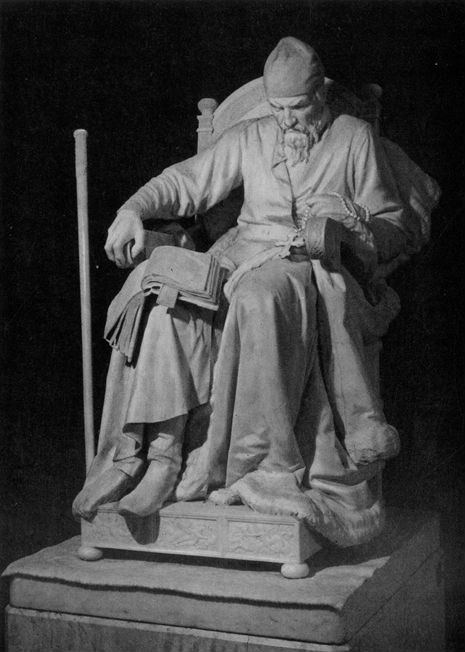
Ivan the Terrible was the over-achieving, silver-tongued, likely bipolar ruler who conquered and conquered until Russia grew into the enormous country it was through the 21st century. No one did reform like Ivan – whose nickname shouldn’t really be “Terrible”, by the way. In Russian, his name is Ivan Grozny which translates to something between “Ivan the Fearsome” and “Ivan the Formidable”. And he was, ruling for 51 years, and ultimately transforming Russia from a medieval state to a colossal, multi-ethnic empire.
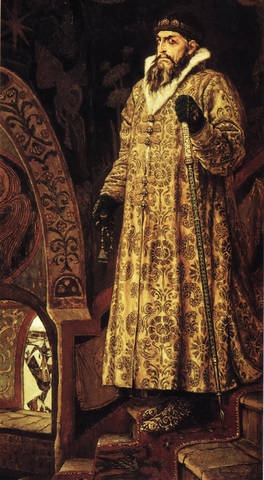
Calling the man “complex” doesn’t come close to doing justice to his numerous assets and eccentricities. When he wasn’t taunting the clergy and aristocracy, demanding absolute power, making leaps in international trading, winning wars, or making babies, king Ivan spent his time writing music, poetry and dry-witted, inflammatory correspondence to his enemies and underlings. Many of these letters exist to this day and have been referred to as “Shakespearean” in their breadth of imagination.
Deadwood fans reading this might liken the mercurial Al Swearengen, at least in part, to Ivan the Terrible.
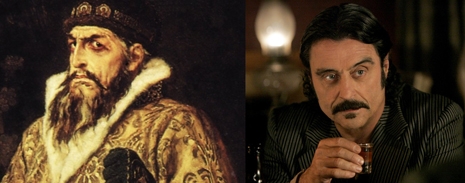
Besides his many conquests and talents, Ivan was also known for his occasional fits of uncontrollable rage. During one incident, he beat his daughter-in-law for wearing an immodest outfit, which led to a heated argument with his beloved son. Ivan flipped and whacked the prince in the head with his staff, killing the young man on the spot, as famously captured by Russian painter Repin. This was the beginning of the end for the tzar, whose mental and physical health deteriorated after the tragic accident.

He died of a stroke during a game of chess three years later. His ghost, trapped between worlds in eternal mourning, became commonplace at the Kremlin’s bell tower, last seen by the last tzar, Nikolai Romanoff, in 1894. This was considered an omen prophesying the demise of the final royal family.
Claiming to be Ivan the Terrible’s youngest son who escaped assassination nine years prior, False Dimitriy surfaced in 1600. Some accounts name him as Grigoriy Otryopov - a runaway monk. He exhibited some aristocratic traits such as riding and literacy and had a relatively convincing story about Ivan’ the Terrible’s widow sending him away to safety before his would-be assassins arrived. Whether people actually accepted his claim was irrelevant, because overthrowing the reigning tzar, Boris Godunov, appealed to lots of people.
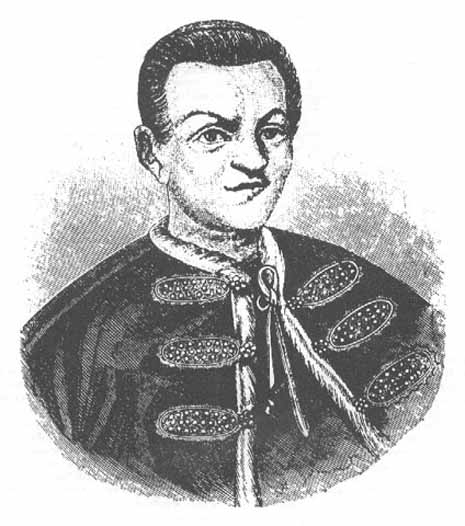
False Dimitriy formed an army and began to make his climb to the throne. Once crowned, he installed a number of reforms and executed the majority of the royal Godunov family, with the exception of princess Xenia, whom he raped and enslaved as his concubine, before marrying his long-time Polish paramour a year later.

His reign was short-lived, though. Because of False Dimitriy’s conversion to Roman Catholicism and his new wife’s lack of customary conversion to Orthodox Christianity, he quickly fell out of favor with the church and the population, which in those days could only mean one thing: revolt. As the sham tzar was just beginning to settle in the Kremlin, conspirators stormed the walls, he broke his leg while racing to escape from a window and was shot dead right then and there.
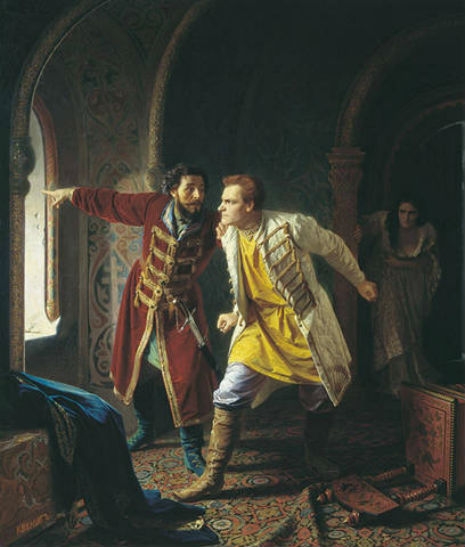
In modern times, False Dimitriy is reportedly found wandering along the Kremlin’s battlements in times of political unrest. His last known sighting was in 1991, when he appeared before a group of employees, gesticulating wildly to warn us all of the Communist coup that ensued the very next day.
This is a guest post by Zoetica Ebb, a Moscow-born, LA-based artist, writer, photographer and style technician. Follow her on Twitter @zoetica. Read part II of Ghosts of the Moscow Kremlin tomorrow.